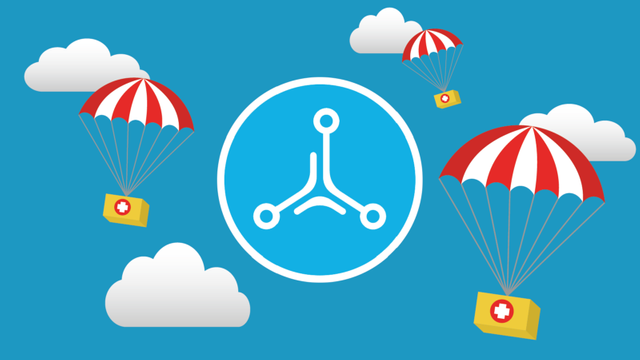
In the year 1900, a tropical cyclone referred to as the Great Galveston Hurricane killed between 6,000 and 12,000 people. It remains the deadliest natural disaster in U.S. history. In more recent years, 1,833 people died as a result of Hurricane Katrina in 2005, while an estimated 3,000 people died because of Hurricane Maria in 2017. Maria was also accompanied by Harvey and Irma. According to the National Oceanic and Atmospheric Administration, these three hurricanes are among the costliest in U.S. history.
But just how costly were they? $1 billion? $2 billion? Far from it. Maria is estimated to have caused a staggering $90 billion in damage, while Katrina remains the costliest at $160 billion.
With so much at stake — and with costs spiraling out of control — it’s important to take a critical look at the current process, especially when it has the potential to save lives.
An Honest Assessment of the Current Disaster Relief Process
A recent internal report from The Federal Emergency Management Agency (FEMA) found that the agency was “ill prepared” to provide emergency relief. One major problem was that they “lacked visibility into what was being shipped by other government agencies or private sector partners …” One FEMA administrator acknowledged that the agency struggled to track supplies through distribution. Supply warehouses were nearly empty because supplies had been rerouted.
Part of the problem is back-end logistics, but what about the charities and philanthropic organizations on the front end? It would seem the issue here is a lack of trust. The Chronicle of Philanthropy commissioned a poll and found that 35 percent of the 1,000 people polled had little or no confidence in charities. Allegations of mismanagement, lack of transparency and exorbitant fees threaten the true value of every donated dollar. These issues create a void between those who fund emergency disaster relief efforts and those who benefit from them.
Finding a Better Solution
There are several proposed solutions, but most are creative ways to throw more money at the problem. However, it’s evident that the problem is poor logistics and lack of trust, rather than lack of money. Luckily, there’s a new technology that seems almost tailor made for this problem. Referred to as the New Technology of Trust by Goldman Sachs, blockchain is currently being used to provide greater transparency and efficiency to organizations all over the world.
“The blockchain does one thing: It replaces third-party trust with mathematical proof that something happened,” says Boost CEO and Founder, Adam Draper. In other words, blockchain solutions provide a secure, decentralized hub for all parties involved — from the donor to the agency to the people in need. Preparedness can be difficult to incentivize, but not when you have the right toolset.
Less Money, More Blockchain
Logistical and communication issues are at the heart of what makes emergency response times slow. Most believe this is due to a lack of resources, resulting in Congress throwing more money at FEMA. Most recently, Congress approved a $22 billion aid package. But what good is money if the goods aren’t getting to the people who need them? To find the best solution we need to accurately frame the problem. Otherwise, we may end up throwing billions of dollars at an inefficient and ineffective process.
It’s not about how much money we can throw at a catastrophe after it occurs but instead what we can do to better prepare for one. Blockchain has the ability to make this paradigm shift a reality.
Join our Telegram community to talk with the Serve team and stay up to date with the latest Serve news!